
institutes to be considered
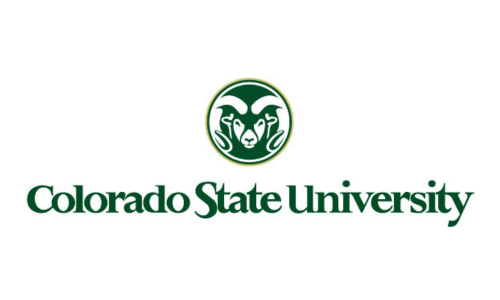
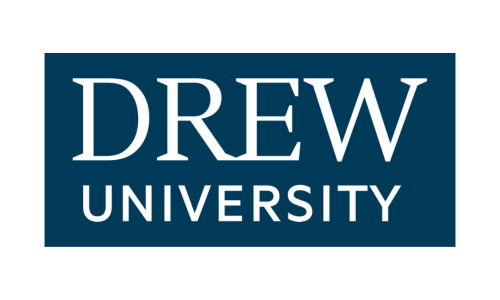
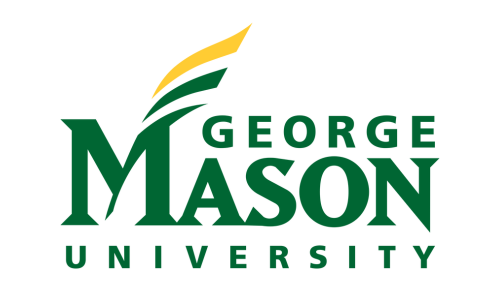
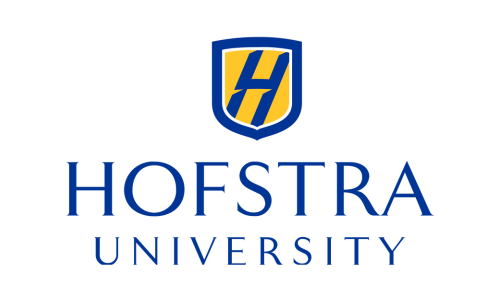

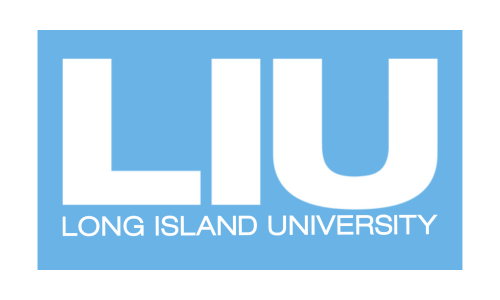
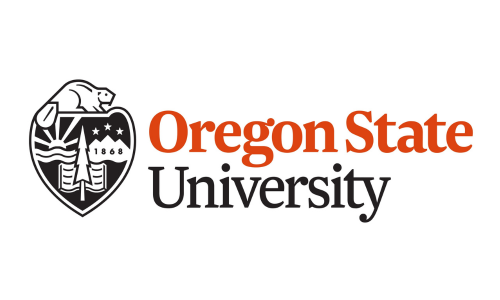
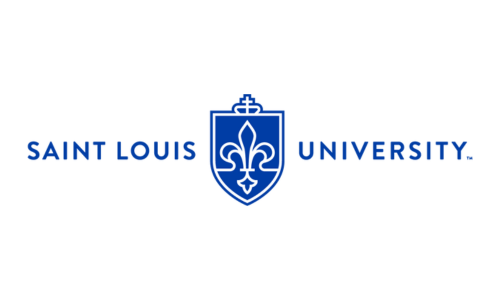
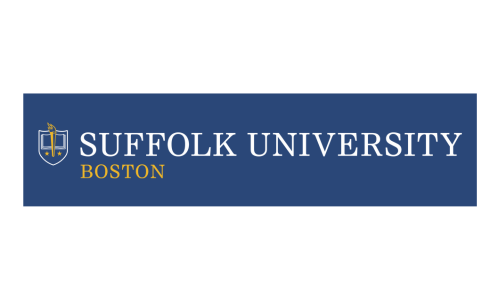
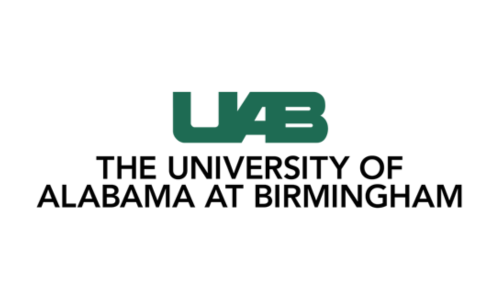
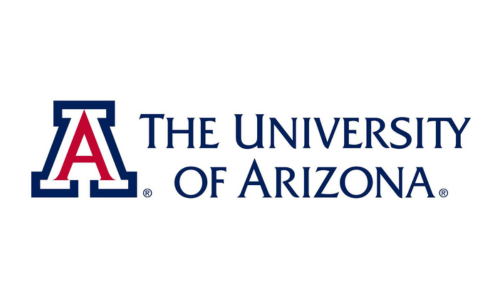
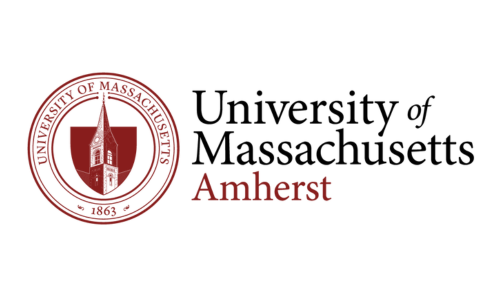

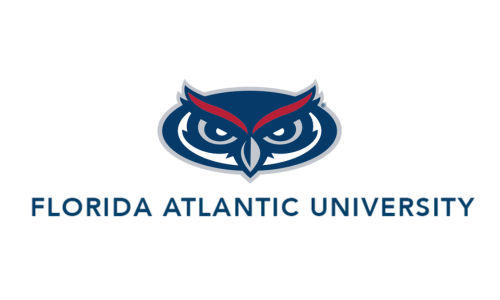
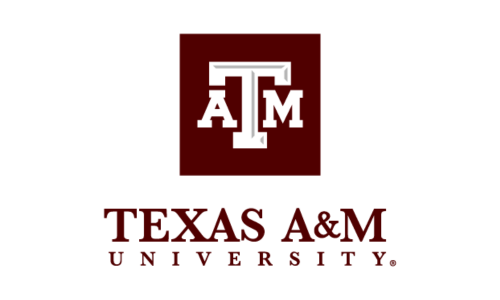
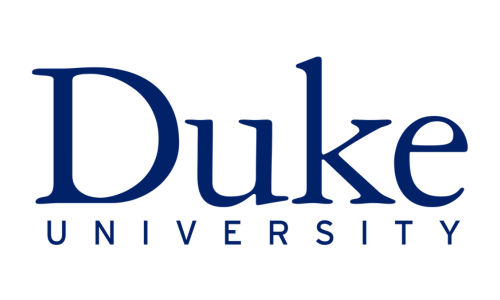
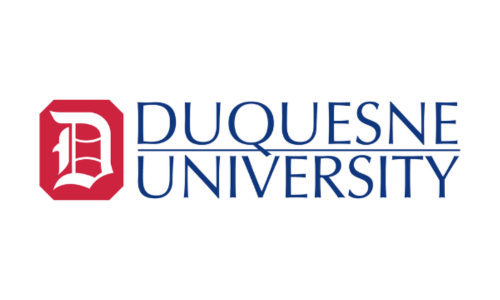
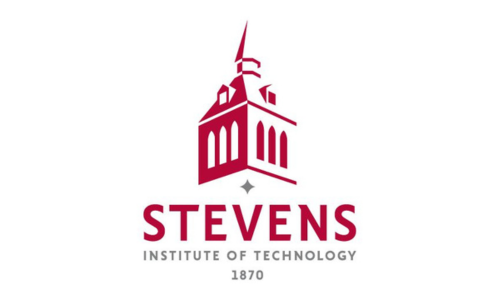
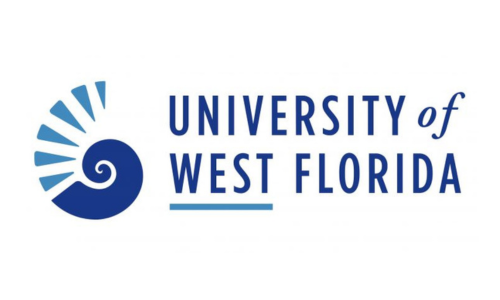
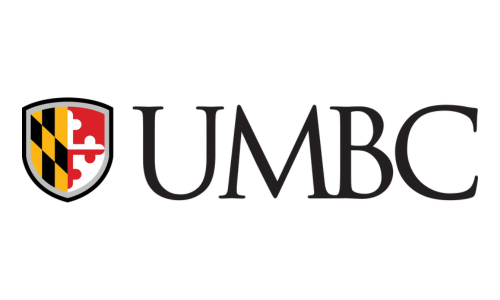
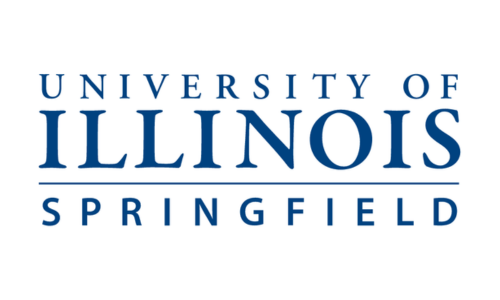
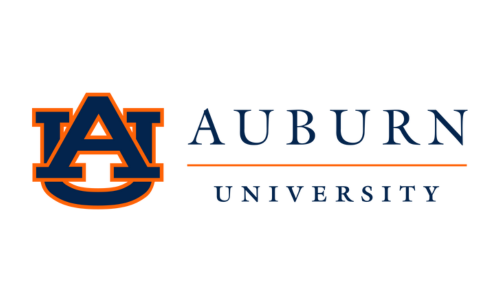
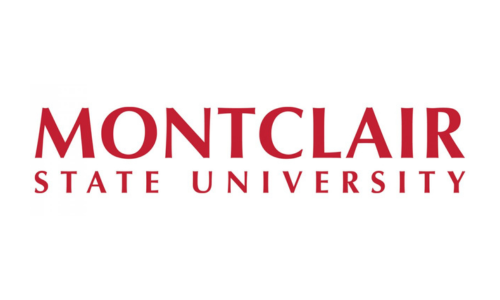


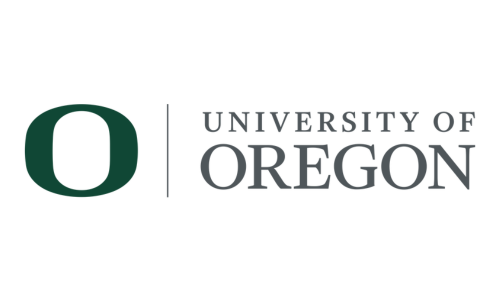
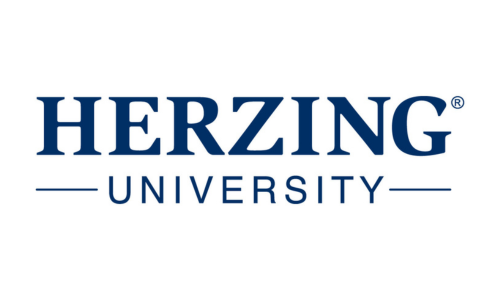
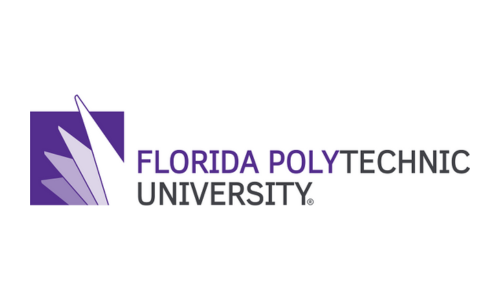
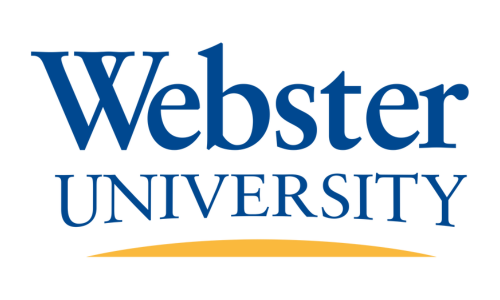
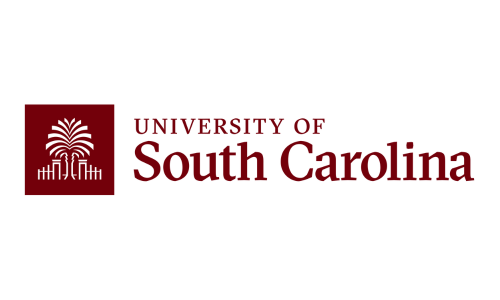
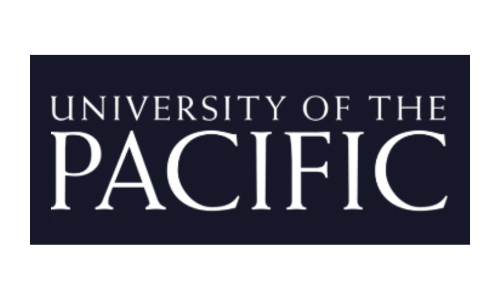
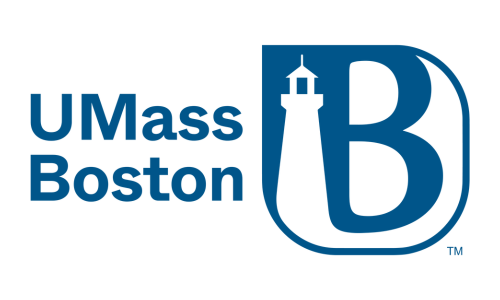
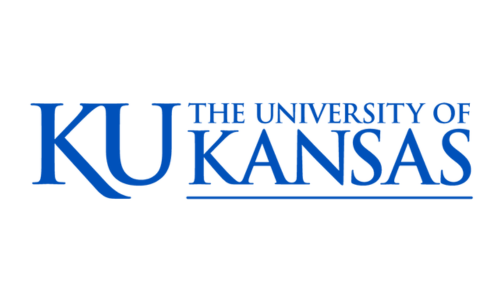
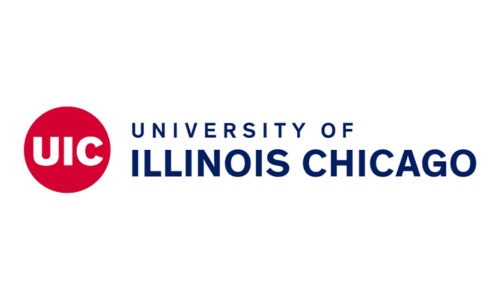
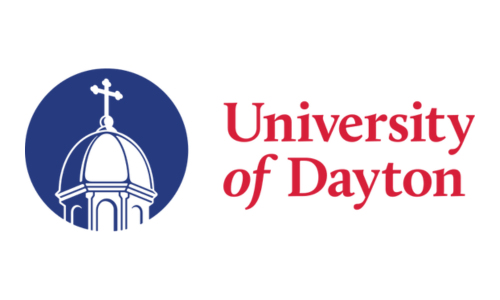
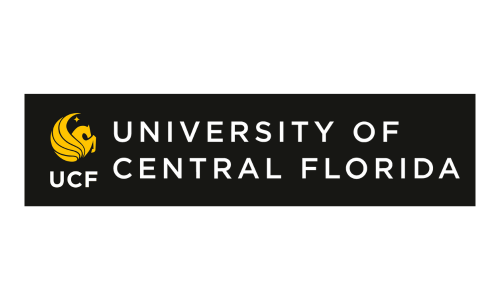
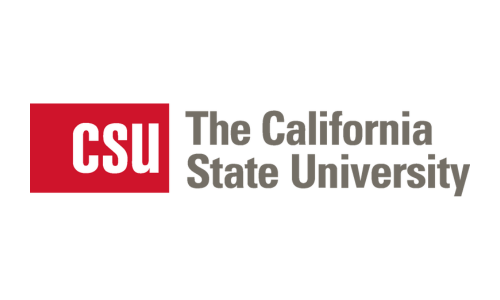
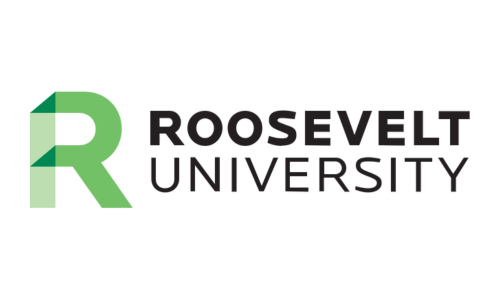
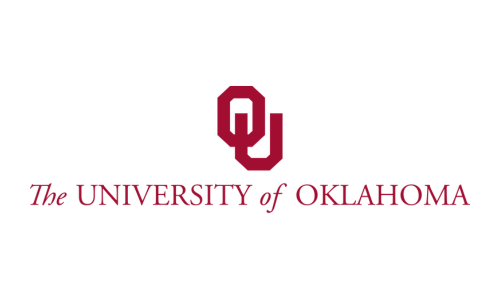

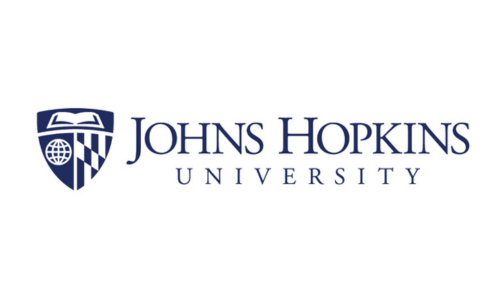
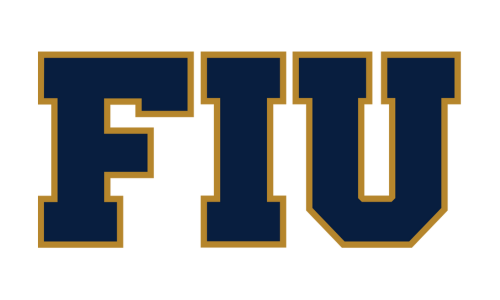

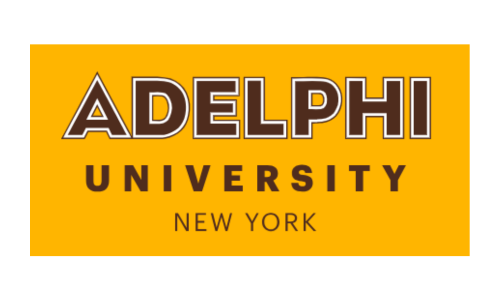
In addition to excellent education and great career opportunities, the USA offers a quality life. As per the 2021 Open Doors report, the US remains the most preferred study destination with over 9,00,000 students from over 200 places of origin.
American universities and colleges are known for their diverse and inclusive learning environments, encouraging active participation and critical thinking. The education system emphasizes student-centered learning, with interactive classrooms, group discussions, and practical applications of knowledge. Students are encouraged to voice their opinions, challenge ideas, and engage in intellectual debates.
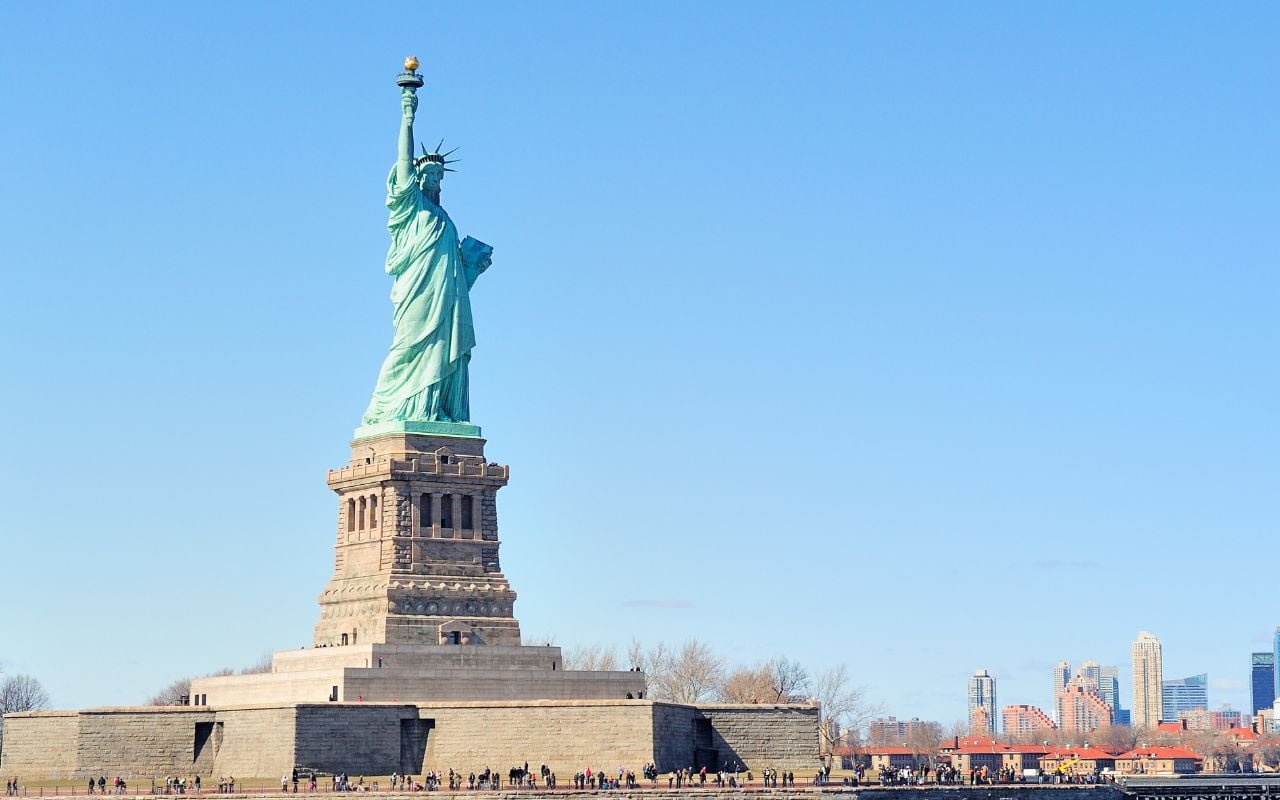
Why study in USA?
- It is home to some of the most prestigious universities in the world which offer excellent education, course flexibility and great career opportunities..
- The country is well-known for its cutting- edge technology and all the universities include renowned faculty, state-of-art infrastructure and lab facilities.
- Another reason to study in the USA is the vibrant campus life. You can find campuses filled with students from all parts of the world. You can make new friends and experience new traditions and learn foreign languages.
- Students who pursue higher education in the US can get a post study work permit by applying for Optional Practical Training(OPT). OPT allows non-STEM students a time period of 1 year and additional 2 years for STEM students (total 3 Years) to live and work in the US.
Approximate cost of studying in USA
Please note the tuition fee and cost of living vary across provinces and programs.
Most public or state universities in the U.S. charge an annual tuition fee ranging between $8,000 to $35,000. On the other hand, private universities charge between$25,000 to $55,000, based on the program and duration.
USA Student Visa Cost
The F1 visa allows international students to pursue full-time studies at a U.S. institution that is a participant in the Student and Exchange Visitor Program (SEVP). The application fee for an F1 visa is approximately $160, and it is recommended to apply at least three months prior to the course’s start date.
Documents Required for a USA Visa
- Valid Passport
- Satisfactory English Language Proficiency Score
- Marksheets and Transcripts
- Entrance Test Scores
- Proof of Funds
- Letter of Recommendation(LOR)
- Statement of Purpose (Sop) and Other Personal Statements
Courses to study in USA
Engineering and Technology
Business and Management
Computer Science
Data Science and Business Analytics
Liberal Arts
Medicine
Finance
Law
Eligibility for Admission into USA Universities
- TOEFL/IELTS/PTE: These test are obligatory for the international students who would like to apply for higher studies in the universities of the USA.
- Other Required Tests: SAT, GRE, GMAT and ACT are the other standardized tests that are required by some universities.
Study Culture in USA
The culture in the United States offers a dynamic and diverse experience for international students from both a studying and living perspective. Studying in the US provides a rich academic environment with world-class institutions, renowned faculty, and cutting-edge research opportunities.

Part-time Jobs and Wage Rate
Students are allowed to work Part-Time on their university campus during studies for up to 20 hours a week which includes Teaching Assistantship & Research Assistantship. Student can work outside the campus for Curriculum Practical Training which let them to complete their OPT.
The average part time wages in the USA is $31,200 annually or $15 per hour. Beginner level positions start at $27,239 per year while most experienced workers can earn up to $48,208 per year.
Benefits of studying in USA
- The United States is home to many prestigious universities and colleges known for their academic rigor and world-class faculty.
- American universities offer a vast array of academic programs and majors across various disciplines.
- The U.S. is a leader in research and innovation giving students access to cutting-edge facilities, laboratories, and resources.
- American universities often offer flexible academic programs, allowing students to explore different subjects before declaring a major.
- Studying in the USA can enhance career prospects.
- Many American institutions offer scholarships, grants, and financial aid programs specifically for international students.
Accommodation in USA
The approximate annual cost of living for international students in the USA ranges from $10,000 to $18,000, amounting to an average monthly expense of $1,000 to $1,500.
These estimates encompass various aspects, including accommodation expenses, room, and board, food, transportation, textbooks, appropriate clothing for different weather conditions, as well as entertainment expenses.
The off-campus housing cost in the USA ranges between 1,300 to 1,800 USD ( approximately 1.07 to 1.48 lakhs INR) per annum.
Food Cost in USA
When it comes to managing your budget as a student in the United States, one significant factor to consider is food expenses. Those residing on-campus have a distinct advantage, as it saves them from the burden of finding affordable meals. However, for students living in private rentals, the cost of food becomes a crucial consideration.
In the USA, monthly food expenses typically range between $150 and $200. If you choose to dine out at restaurants, be prepared to spend anywhere between $15.00 and $50.00 per meal. While indulging in restaurant meals may seem tempting, it can quickly escalate your budget. Instead, a wiser approach is to embrace the realm of grocery shopping and make use of store cards to minimize costs while enjoying a peaceful shopping experience.
Transportation Cost in USA
Public transportation is widely available and an efficient means of transportation throughout the USA. It is recommended that students utilize public transport when conducting research, searching for housing or employment, and commuting to and from work, as it is a cost-effective transportation option. Additionally, for students who possess a driver’s license, having the ability to drive can provide an additional budget-friendly transportation alternative in the USA.
Future Prospects

Studying in US can provide you with a competitive edge in the job market, as employers often value the international experience, diverse perspectives, and the high-quality education that US institutions offer. The US is home to many multinational corporations, innovative startups, research institutions, and renowned industries, presenting ample employment options for graduates.
FAQ's
Yes, there are scholarships and financial aid options available for international students studying in the USA. Many universities offer merit-based scholarships, need-based financial aid, or grants specifically for international students. Additionally, external organizations, foundations, and government-sponsored programs may also provide scholarships to support international students.
The U.S. grading system varies from institution to institution but generally follows a letter-grade scale. Grades are typically assigned based on a combination of coursework, exams, projects, and participation. The most common grading scale ranges from A (excellent) to F (failing). Additionally, some institutions use a GPA (Grade Point Average) system, which is a numerical representation of a student’s overall academic performance.
International students in the USA are eligible for certain work opportunities. On-campus employment is generally permitted for international students, with limitations on the number of hours they can work per week. Optional Practical Training (OPT) is another option that allows international students to work in their field of study for up to one year after completing their academic program. However, it’s important to note that working off-campus or engaging in unauthorized employment can have serious consequences, so it’s crucial to understand and comply with the regulations.
Healthcare options for international students in the USA vary depending on the institution and state. Some universities offer their own health insurance plans for international students, while others require students to have private health insurance coverage.


